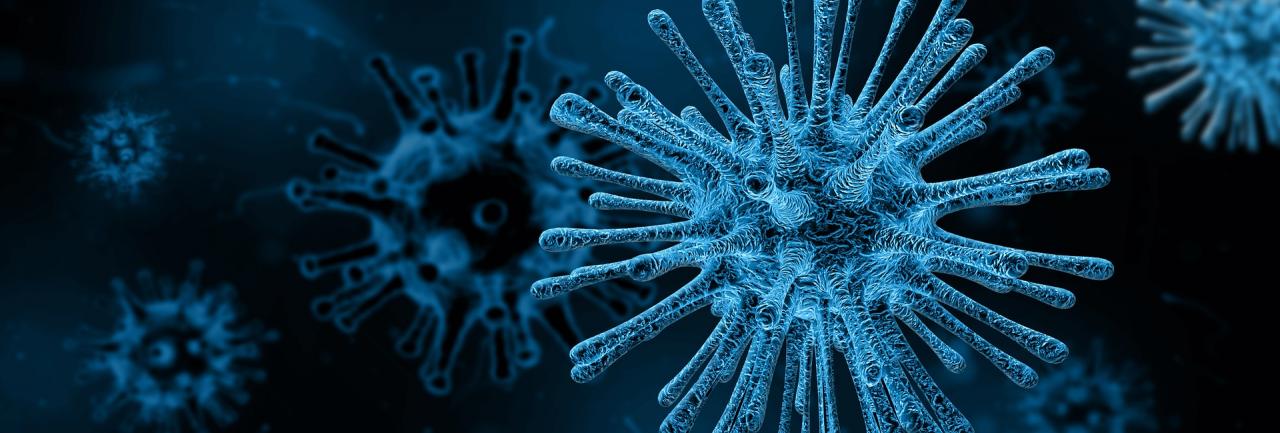
No doubt you've heard about the Coronavirus outbreak, a situation that has killed 362 people and infected more than 17,300 world wide, according to the latest CNN report. The virus has been confirmed in more than 25 countries and territories since it was initially detected in the Chinese city of Wuhan in December. The US Centers for Disease Control and Prevention (CDC) is currently working to provide diagnostic testing for the virus to health departments across the United States. The World Health Organization (WHO) declared the coronavirus a public health emergency of international concern, and the US Department of Health and Human Services declared the Wuhan coronavirus to be a public health emergency in the US. The CDC on Feb. 3 said the agency has listed 260 "patients under investigation" for the novel coronavirus across 36 US states, and of those, 11 have tested positive, 167 negative. Results are still pending on 82 patients. None of the cases cited were in North Carolina or its neighboring states. California had 6, Arizona, Washington and Massachusetts each had 1 case and Illinois had two.
To understand exactly what Coronavirus is, we go directly to information from the World Health Organization.
Coronaviruses (CoV) are a large family of viruses that cause illness ranging from the common cold to more severe diseases such as Middle East Respiratory Syndrome (MERS-CoV) and Severe Acute Respiratory Syndrome (SARS-CoV). A novel coronavirus (nCoV) is a new strain that has not been previously identified in humans.
Coronaviruses are zoonotic, meaning they are transmitted between animals and people. Detailed investigations found that SARS-CoV was transmitted from civet cats to humans and MERS-CoV from dromedary camels to humans. Several known coronaviruses are circulating in animals that have not yet infected humans.
Common signs of infection include respiratory symptoms, fever, cough, shortness of breath and breathing difficulties. In more severe cases, infection can cause pneumonia, severe acute respiratory syndrome, kidney failure and even death.
Standard recommendations to prevent infection spread include regular hand washing, covering mouth and nose when coughing and sneezing, thoroughly cooking meat and eggs. Avoid close contact with anyone showing symptoms of respiratory illness such as coughing and sneezing.
As for other preventive measures, the US EPA recently announced that cleaning product manufacturers may use the Viral Emerging Pathogen Policy for products that meet a defined efficacy standard on hard surfaces when used as directed. Several Lysol products are predicted to be effective (>99.9% inactivation) against the latest 2019-nCOV strain. They are:
- Lysol Disinfectant Spray (EPA #777-99)
- Lysol Disinfecting Wipe (EPA #777-114)
- Lysol Power Foam Bathroom Cleaner (EPA #777-71)
- Lysol APC Dilutables (EPA #777-89)
- Lysol Bathroom Trigger (EPA #675-55)
- Lysol Power Toilet Bowl Cleaner (EPA 777-81)
- Lysol APC with Bleach (EPA #777-83)
- Lysol Toilet Bowl Cleaner With Bleach (EPA #777-102)
- Lysol Multi-Purpose With Hydrogen Peroxide (EPA #777-126)
Lysol's official statement on this:
"Since this is a rapidly evolving situation and CDS is still investigating how the virus spreads, trhe severity of associated illnesses, and other features, we are closely monitoring any new developments of this outbreak in the US and elsewhere and will continue to provide guidance in accordance with CDC recommendations as the situation evolves. It is important to note, that as of Jan 21, 2020 CDS considers this a serious health concern but believes that the risk to American public remains low at this point."

